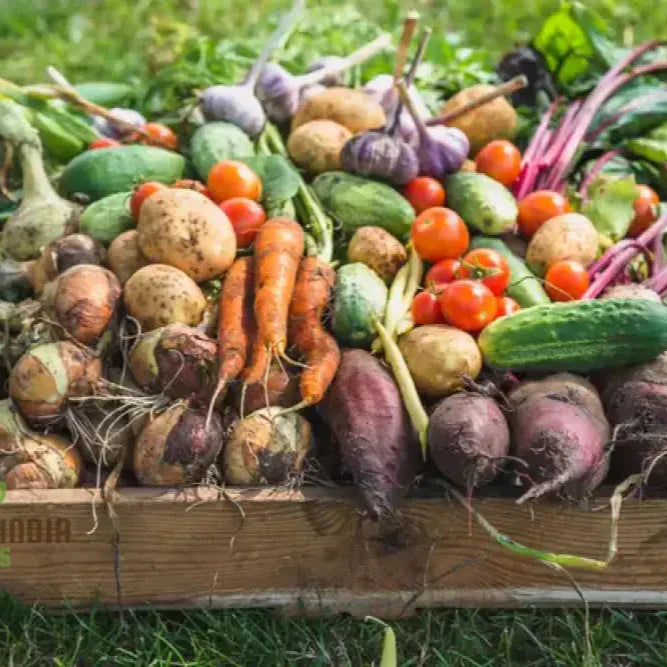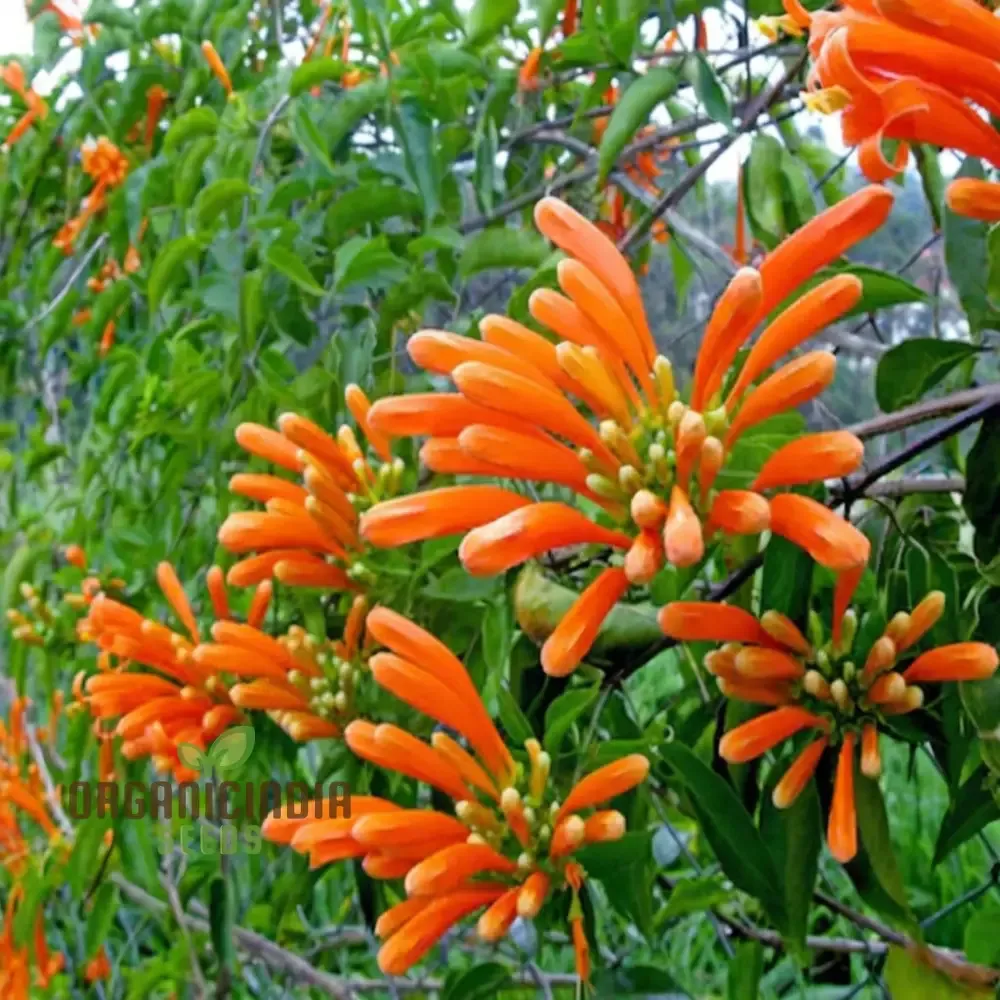Growing Premium Pink Sunflowers: A Complete Guide to Vibrant Blooms and a Pollinator-Friendly Garden
About Pink Sunflowers
Pink sunflowers are a rare and exquisite variety of the traditional sunflower, known for their soft pink petals with deep brown or dark centers. These unique flowers add a stunning pop of color to gardens and create a visually appealing contrast to the usual golden-yellow sunflowers.

Why grow pink sunflowers?
- Easy to cultivate — Even beginner gardeners can grow them with minimal effort.
- Attracts pollinators — Bees, butterflies, and hummingbirds flock to these flowers, promoting biodiversity.
- Drought-resistant — Once established, they require little watering.
- Ideal for cutting gardens — Long stems make them perfect for floral arrangements.
- Thrives in various spaces — Suitable for garden beds, containers, borders, and wildflower meadows.
These sunflowers not only beautify your space but also help create a more sustainable and eco-friendly garden.
When to Plant Pink Sunflowers
Timing is key to ensuring healthy growth and a long blooming season.
- Best planting time: Spring to early summer, after the last frost.
- Optimal temperature: Soil should be at least 70°F (21°C) for quick germination.
- Sunflower bloom period: Expect flowers from mid-summer to early fall.
- USDA Hardiness Zones: Best suited for zones 3–9, but can be grown in containers in cooler climates.
For an extended blooming season, plant seeds every two weeks for continuous flowers throughout the summer.
Where to Plant Pink Sunflowers
Pink sunflowers thrive in full sun and require at least 6–8 hours of direct sunlight daily. When choosing a planting location, consider the following:
- Soil Type: Prefers well-draining, loamy, or sandy soil with a pH of 6.0–7.5.
- Spacing: Plant sunflowers 12–24 inches apart to prevent overcrowding.
- Garden Placement:
- Along fences and garden borders for a striking visual effect.
- In wildflower meadows to enhance biodiversity.
- In containers for patios and balconies.
- Near vegetable gardens to attract pollinators for better crop yield.
How to Plant Pink Sunflower Seeds
Step 1: Prepare the Soil
- Loosen the soil to 12 inches deep to encourage strong root growth.
- Mix in organic compost or well-rotted manure for added nutrients.
Step 2: Sow the Seeds
- Direct sowing is best since sunflowers dislike being transplanted.
- Plant seeds 1 inch deep and 6–12 inches apart in rows or clusters.
- Cover lightly with soil and water gently.
Step 3: Germination and Thinning
- Seeds germinate within 7–14 days under warm conditions.
- Once seedlings reach 3 inches tall, thin them to 12–24 inches apart to allow proper air circulation.
Step 4: Transplanting (If Needed)
- If started indoors, transplant seedlings carefully when they are 4–6 inches tall, ensuring roots are not disturbed.
How to Care for Pink Sunflowers
Pink sunflowers are low-maintenance but benefit from proper care to maximize their blooming potential.
Watering
- Water deeply once a week, especially in dry weather.
- Avoid overwatering, as sunflowers prefer slightly dry soil between watering sessions.
Fertilization
- Use a balanced 10–10–10 fertilizer every 4 weeks.
- Avoid excessive nitrogen, as it promotes leaf growth over flowers.
Pruning and Staking
- Remove spent blooms (deadheading) to encourage continuous flowering.
- Stake taller varieties to prevent bending or breaking in strong winds.
Pest and Disease Management
- Keep an eye out for aphids, caterpillars, and slugs; treat infestations with neem oil or insecticidal soap.
- Prevent fungal diseases by watering at the base and ensuring good air circulation.
Winter Care
- In colder climates, allow sunflowers to self-seed for the next growing season.
- Collect seeds for replanting or bird feeding.
Companion Plants for Pink Sunflowers
Pairing pink sunflowers with beneficial companion plants can enhance their growth and attract more pollinators.
Best Companion Plants
- Lavender — Provides contrast with its fragrant purple flowers and deters pests.
- Marigolds — Helps repel nematodes and unwanted insects.
- Zinnias — Attracts butterflies and creates a colorful garden display.
- Cosmos — Adds height and a soft texture to your garden.
- Corn and Beans — Sunflowers can act as natural trellises for climbing beans.
Plants to Avoid
- Potatoes — Competes for nutrients and can attract similar pests.
- Fennel — Releases compounds that can stunt sunflower growth.
Harvesting Pink Sunflowers
For those growing pink sunflowers for cut flowers or seed harvesting, here’s how to do it right:
For Cut Flowers
- Harvest when petals begin to unfurl, but before full bloom.
- Cut stems early in the morning using sharp scissors or pruning shears.
- Place in fresh water immediately to extend vase life.
For Seed Collection
- Allow flowers to dry on the plant until the back of the flower head turns brown.
- Remove seeds by rubbing the head gently or shaking it over a container.
- Store in a cool, dry place for replanting or bird feeding.
Final Thoughts
Pink sunflowers are an eye-catching addition to any garden, offering low-maintenance beauty and pollinator-friendly blooms. Whether grown in flower beds, containers, or wildflower meadows, these sunflowers bring a pop of color and ecological benefits to your space.
By following proper planting, care, and companion planting techniques, you can enjoy long-lasting, stunning pink sunflower blooms throughout the growing season.
For high-quality Pink Sunflower Seeds, visit Organic India Seeds and start your gardening journey today.



コメントを書く
このサイトはhCaptchaによって保護されており、hCaptchaプライバシーポリシーおよび利用規約が適用されます。